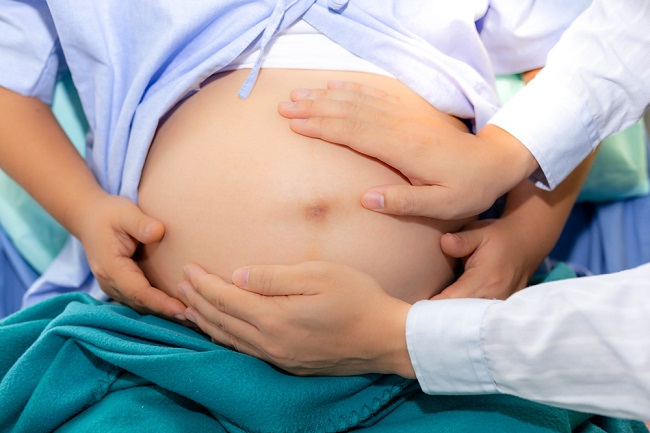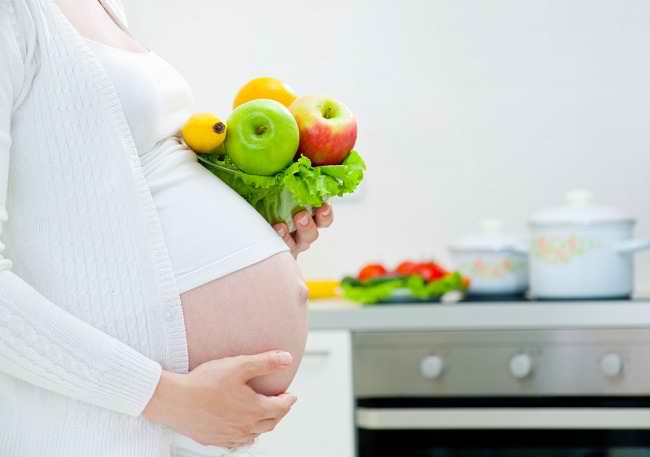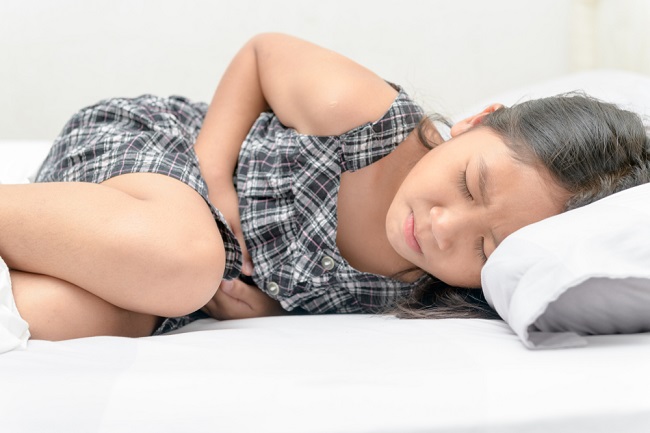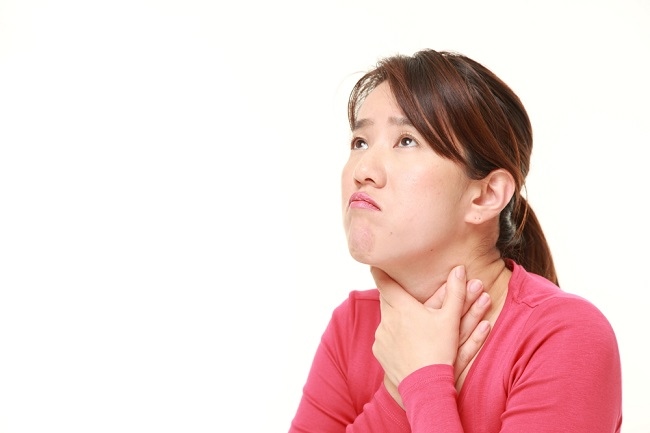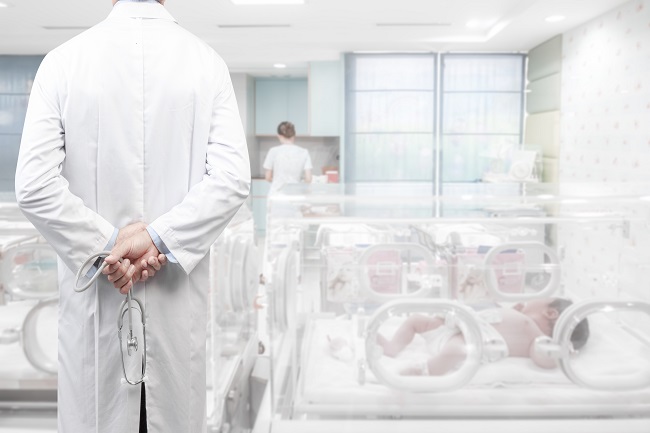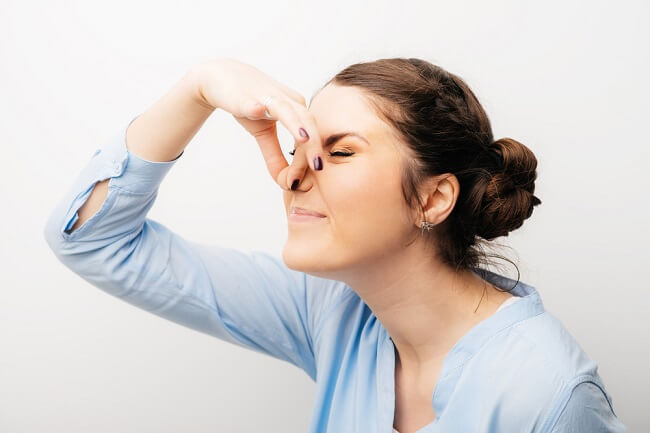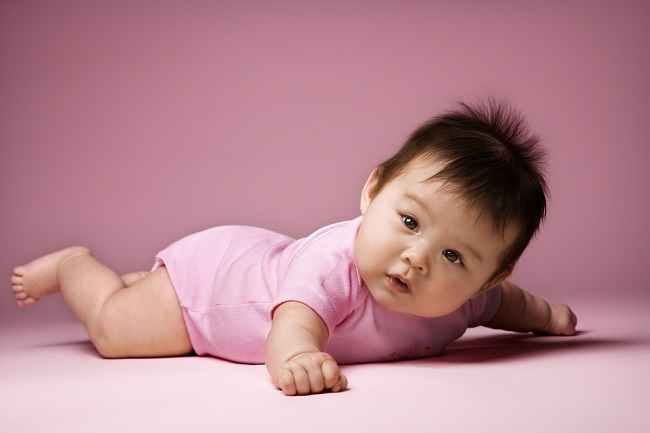It is common practice to give expressed breast milk (ASI) or formula milk to babies by using a bottle. However, the baby bottles used must meet the safe criteria.
To make baby bottles hard, clear, and not easily broken, a chemical called bisphenol A (BPA) is usually used. However, after research, this material turned out to be potentially harmful to health. Even since 2012, the United States Food and Drug Administration began to prohibit the use of the chemical bisphenol A (BPA) in plastic baby bottles.
Danger CPA
Several studies have linked the use of BPA with an increased risk of health problems, such as cancer, diabetes, heart disease, high blood pressure, fertility problems, metabolic disorders, polycystic ovary syndrome (PCOS), premature puberty, and hormonal disorders in the body. However, this impact has only been observed in animal studies. Until now, it is not known exactly how the impact of BPA on human health.
What you need to know, the use of BPA in plastic packaging is not only for baby bottles. Some baby and children's items, such as drinking cups, lunchboxes, and toys, may also contain BPA.
The chemical BPA can enter the body through milk or other drinks given through a baby bottle. The amount of BPA mixed depends on the type of baby bottle used and the temperature at which the bottle is sterilized.
Tips for Buying and Caring for Baby Bottles
When choosing baby bottles, you should not only pay attention to high or low prices, but also pay attention to the packaging labels listed on the bottles. Here are some tips for you to buy and care for baby bottles:
- Buy a baby bottle made of plastic that BPA-free or BPA free. Glass bottles can be an alternative. But be careful, glass bottles can break or crack in too high a temperature, and the shards can get into the baby's milk.
- Recognize the numbering code on the bottom of the baby bottle packaging. Safe bottles or containers are number 2 from ingredients high-density polyethylene (HDPE), number 4 of material low-density polyethylene (LDPE), and number 5 of the material polypropylene (PP). Generally, the logo on the milk bottle is logo number 2.
Routinely clean baby bottles properly and correctly, according to doctor's recommendations.
- Immediately replace a baby bottle that looks scratched or discolored, because it may release chemicals into the bottle.
- To warm a baby bottle, it is recommended to place it in a basin of warm water. It is not recommended to heat baby bottles with a microwave because it can cause the release of chemicals in the bottle.
- Also pay attention to baby bottle washing soap. It is advisable to choose a washing soap made from gentle and safe, and avoid detergents that are irritating.
For baby bottles and other eating or drinking utensils, you must choose them carefully. Read the label description on the packaging. Do not let you choose the wrong one for your beloved baby.

